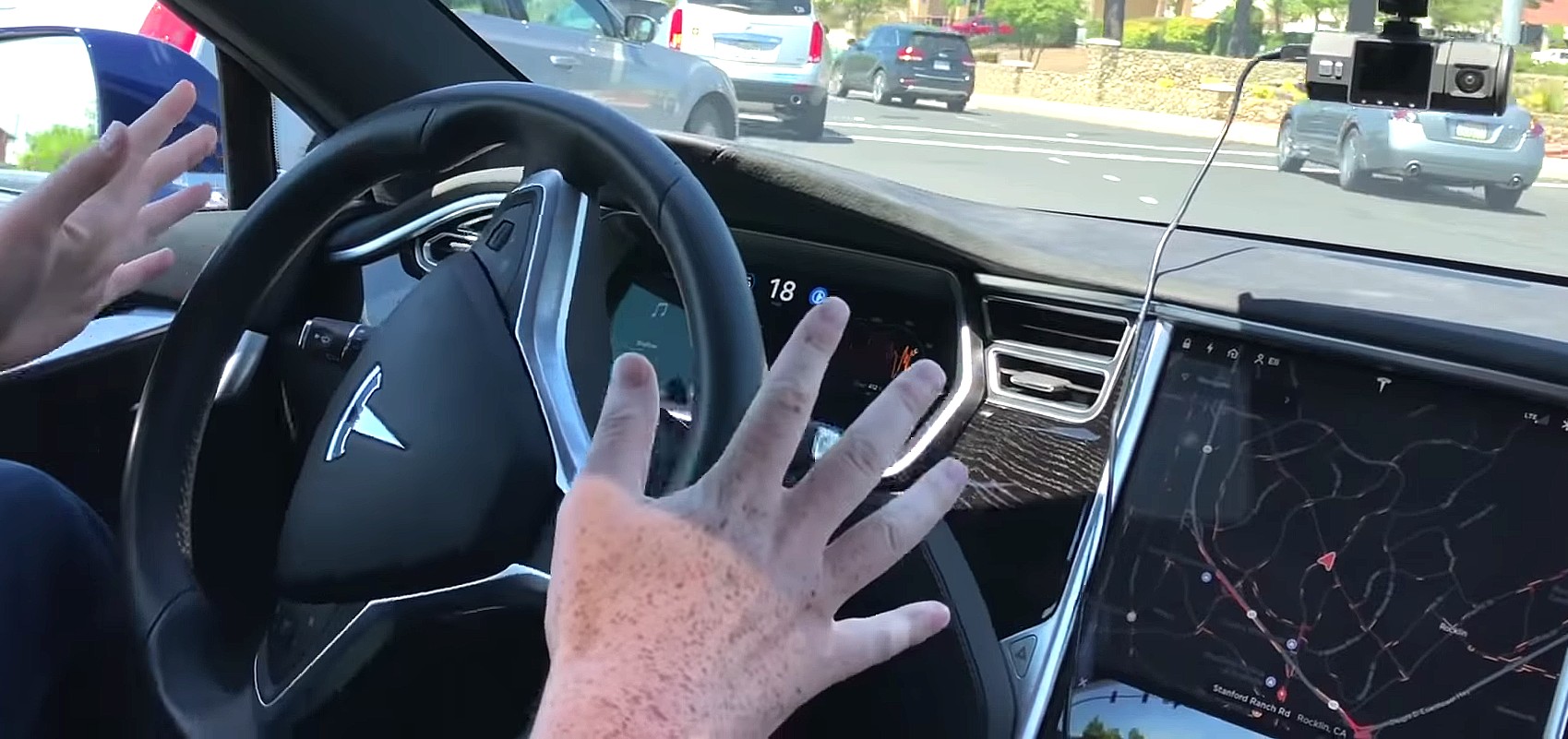
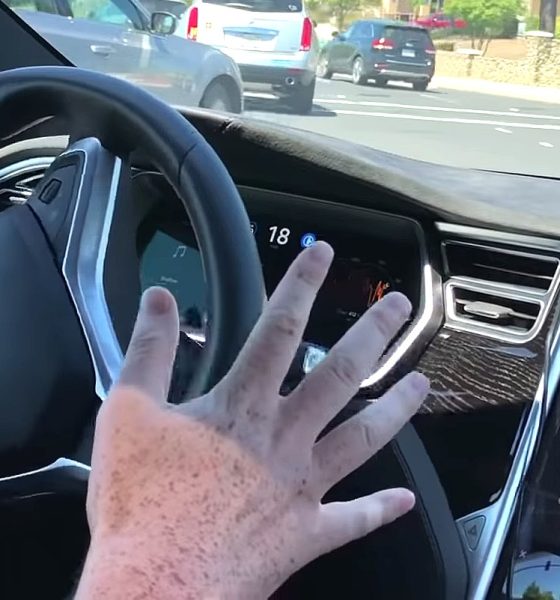
Firmware
Tesla Autopilot Europe restrictions explained: How regulations are hindering a Full Self-Driving future
Tesla Model S owner Steven Peeters believes in Elon Musk’s vision of a Full Self-Driving future. Being in the IT field for 20 years, the independent consultant is fond of his Model S’ tech capabilities, particularly the improvements that Tesla has been rolling out to his vehicle’s Autopilot driver-assist system. Since replacing his Model S P85D with a P100D, Steven has kept a close eye on the evolution of Tesla’s Autopilot suite, which has grown into a robust driver-assist system that enables lane-keeping, lane-changes, and with the Navigate on Autopilot update, highway on-ramp to off-ramp capabilities.
Unfortunately for the Model S owner, he also happens to reside in Europe, which adjusted its rules for driver-assist systems under its new UN/ECE r79 regulations. Tesla has been required to adjust its vehicles’ features according to these regulations, which resulted in several of Autopilot’s features being restricted. In a message to Teslarati, Peeters explained that these regulations adversely affects the user experience of Tesla owners, to the point where some driving maneuvers that Autopilot was already proficient at took several steps back.
Peeters, who runs a Tesla-themed YouTube channel that chronicles his Autopilot tests and his family road trips on his Model S, took it upon himself to perform a deep dive of Europe’s UN/ECE r79 regulations, in an attempt to see exactly how the region’s updated rules negatively affected the electric car maker’s driver-assist systems. Explaining his efforts, the Model S owner stated that it is pertinent to raise awareness on these regulations, especially since these could put a roadblock for the eventual rollout of Tesla’s Full Self-Driving features. “I wanted to raise awareness that we are facing this issue and that at the moment, there is no obvious path toward FSD in Europe,” he said.
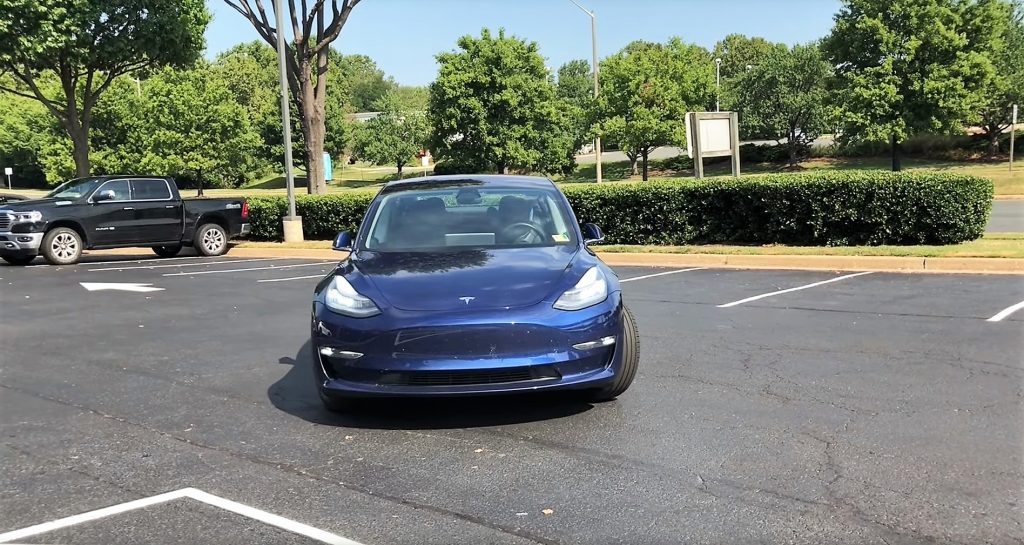
It should be noted that when Europe has no regulation for a specific driver-assist or automated feature, that specific capability is prohibited by default. Features such as Navigate on Autopilot’s automatic lane changes, for one, has no regulation in Europe, which immediately makes it unusable on the region’s roads. And this is just the tip of the iceberg.
Enhanced Summon
Looking further into the regulations, Peeters explained that Remote Control Parking features such as Tesla’s Summon cannot exceed more than 6 meters (19.6 feet). This strict regulation stands in the way of Tesla’s upcoming Smart Summon update, which will allow drivers to summon their vehicle around a 50-meter (150-foot) radius. Elon Musk has noted that Smart Summon is already being released to users in the company’s Early Access Program, and that the feature will roll out in the upcoming V10 update. With Europe’s regulations in the picture, the feature will be automatically prohibited once it is released.
Navigate on Autopilot
The limitations of Europe’s regulations affect Navigate on Autopilot’s off-ramp capabilities. Under the updated rules, turns using driver-assist systems such as Autopilot are only regulated up to 63 km/h or 39.33 mph. According to the Model S owner, this results in Autopilot (at least in some instances) assertively reducing its speed while navigating a turn, which could make the driver-assist system behave as if it was not confident in the maneuver. Steven’s previous Autopilot tests suggest that Tesla is playing it safe to meet these regulations by allowing Autopilot to stay below the maximum speed limit, but this has the effect of the driver-assist system losing its refined nature while navigating a curve as a result.
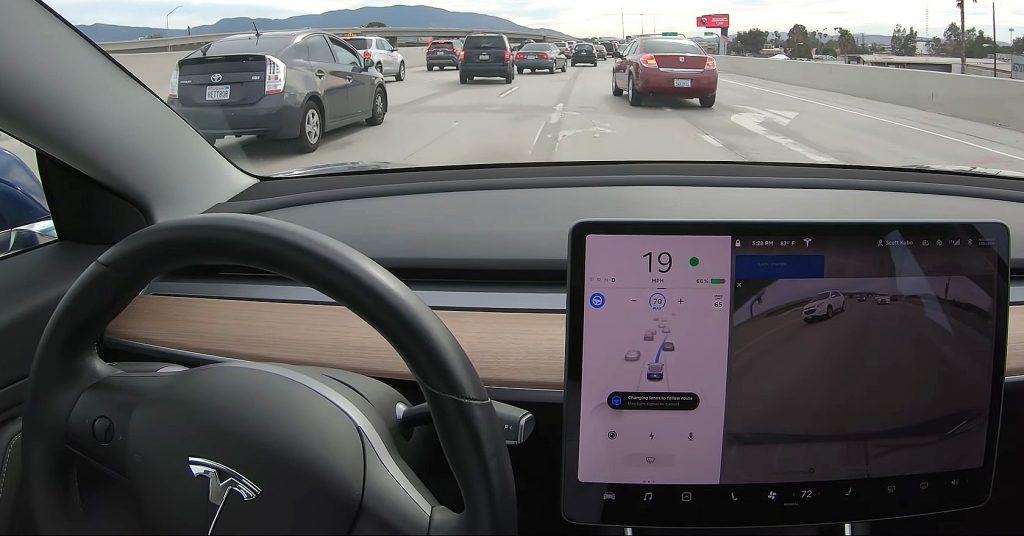
Lane Changes
Perhaps the most notable feature affected by Europe’s updated regulations is Autopilot and Navigate on Autopilot’s lane-changing capabilities. Regulations currently define five steps for assisted lane changes: 1) the activation of blinkers; 2) the lateral movement of the vehicle; 3) the actual lane change maneuver; 4) the resumption of lane-keeping functions, and finally; 5) the deactivation of blinkers. Tesla follows this to a tee.
According to Europe’s new regulations, lane change maneuvers must not be initiated before a period of 3 seconds and not later than 5 seconds after deliberate driver action. This means that once initiated, the lane change maneuver must be finished in less than 5 seconds. This regulation becomes an issue in real-world scenarios. For example, if drivers start indicating a lane change and there’s a car in an adjacent lane that won’t give way, the maneuver must be aborted within 5 seconds. If a Tesla hits the 5-second mark while this is happening, the vehicle must abandon the lane change attempt and return to its original lane. These restrictions, according to Peeters, have resulted in his Model S swerving to return to the center of its original lane as soon as it hits the 5-second mark.
A Tesla owner’s call for change
These are but a few of the regulations that are currently crippling the capabilities of Tesla’s Autopilot system in Europe. Other discussions and a more in-depth analysis of the UN/ECE r79 regulations are covered by Peeters in a deep dive video, which could be viewed below. As a Tesla owner and as a believer in an eventual full self-driving future, the Model S owner hopes that something could be done to allow Tesla’s driver-assist technologies to operate in Europe without limitations. A petition has already been started to address these issues, and so far, around 7,900 people have signed up to express their support (the petition could be accessed here). Ultimately, Steven notes that as a Tesla owner, he simply wishes that his vehicle could function the way it is intended to.
“It is quite frustrating seeing all those videos from the US of Teslas doing wonderful things, while at the same time, we are stuck with a bad version of it, purely because of these regulations. Enhanced summon is out of the question for us, taking 90-degree turns is a dream, and NoA without confirmation for lane changes requires several regulations to be altered if it will ever happen. I’m trying to find a way to actually get them changed for the better,” Peeters said.
Watch the Model S owner’s deep dive into Europe’s UN/ECE r79 regulations in the video below.
H/T Armand Vervaeck.

Firmware
Tesla mobile app shows signs of upcoming FSD subscriptions
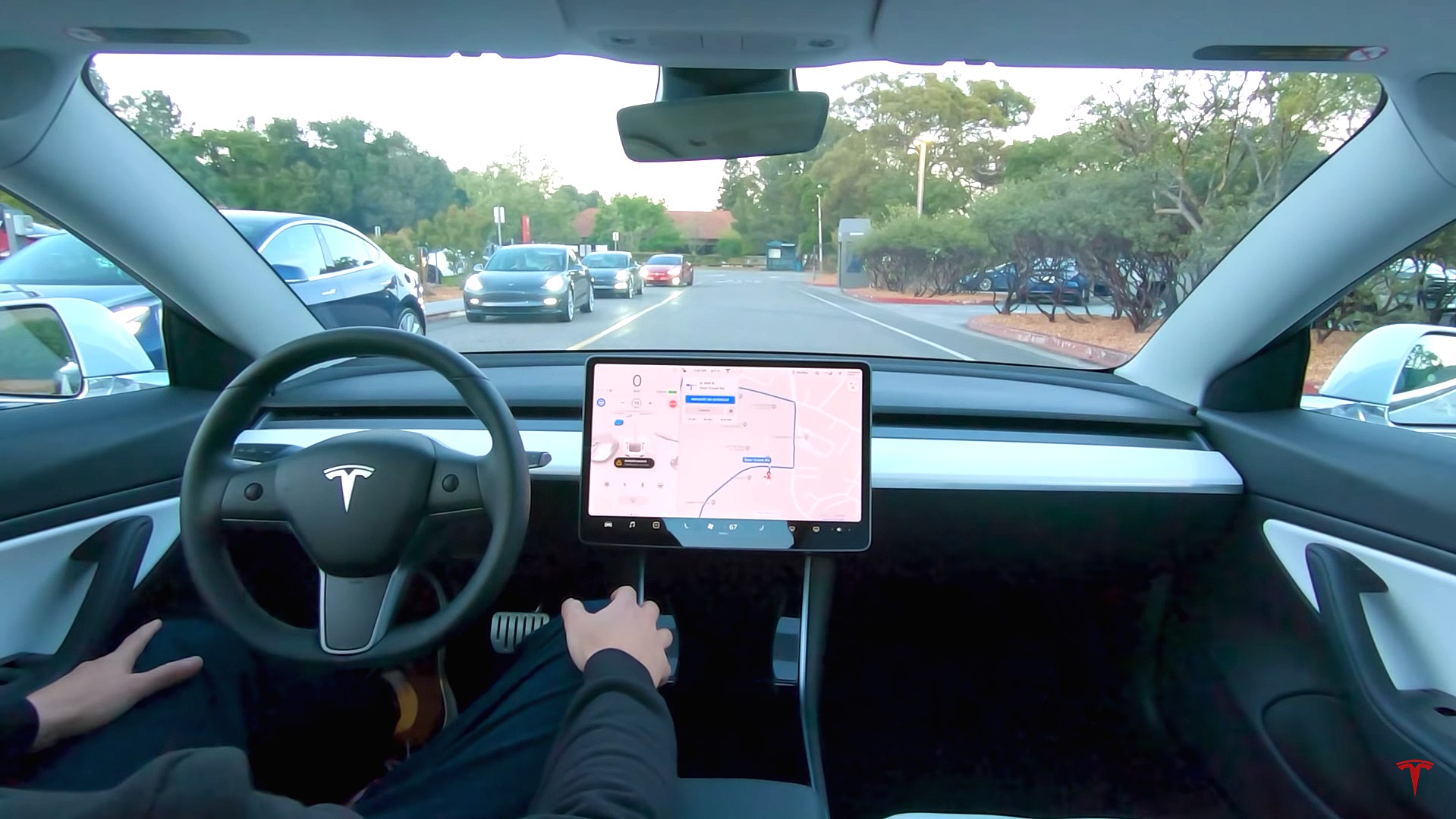
It appears that Tesla may be preparing to roll out some subscription-based services soon. Based on the observations of a Wales-based Model 3 owner who performed some reverse-engineering on the Tesla mobile app, it seems that the electric car maker has added a new “Subscribe” option beside the “Buy” option within the “Upgrades” tab, at least behind the scenes.
A screenshot of the new option was posted in the r/TeslaMotors subreddit, and while the Tesla owner in question, u/Callump01, admitted that the screenshot looks like something that could be easily fabricated, he did submit proof of his reverse-engineering to the community’s moderators. The moderators of the r/TeslaMotors subreddit confirmed the legitimacy of the Model 3 owner’s work, further suggesting that subscription options may indeed be coming to Tesla owners soon.
Did some reverse engineering on the app and Tesla looks to be preparing for subscriptions? from r/teslamotors
Tesla’s Full Self-Driving suite has been heavily speculated to be offered as a subscription option, similar to the company’s Premium Connectivity feature. And back in April, noted Tesla hacker @greentheonly stated that the company’s vehicles already had the source codes for a pay-as-you-go subscription model. The Tesla hacker suggested then that Tesla would likely release such a feature by the end of the year — something that Elon Musk also suggested in the first-quarter earnings call. “I think we will offer Full Self-Driving as a subscription service, but it will be probably towards the end of this year,” Musk stated.
While the signs for an upcoming FSD subscription option seem to be getting more and more prominent as the year approaches its final quarter, the details for such a feature are still quite slim. Pricing for FSD subscriptions, for example, have not been teased by Elon Musk yet, though he has stated on Twitter that purchasing the suite upfront would be more worth it in the long term. References to the feature in the vehicles’ source code, and now in the Tesla mobile app, also listed no references to pricing.
The idea of FSD subscriptions could prove quite popular among electric car owners, especially since it would allow budget-conscious customers to make the most out of the company’s driver-assist and self-driving systems without committing to the features’ full price. The current price of the Full Self-Driving suite is no joke, after all, being listed at $8,000 on top of a vehicle’s cost. By offering subscriptions to features like Navigate on Autopilot with automatic lane changes, owners could gain access to advanced functions only as they are needed.
Elon Musk, for his part, has explained that ultimately, he still believes that purchasing the Full Self-Driving suite outright provides the most value to customers, as it is an investment that would pay off in the future. “I should say, it will still make sense to buy FSD as an option as in our view, buying FSD is an investment in the future. And we are confident that it is an investment that will pay off to the consumer – to the benefit of the consumer.” Musk said.
Firmware
Tesla rolls out speed limit sign recognition and green traffic light alert in new update
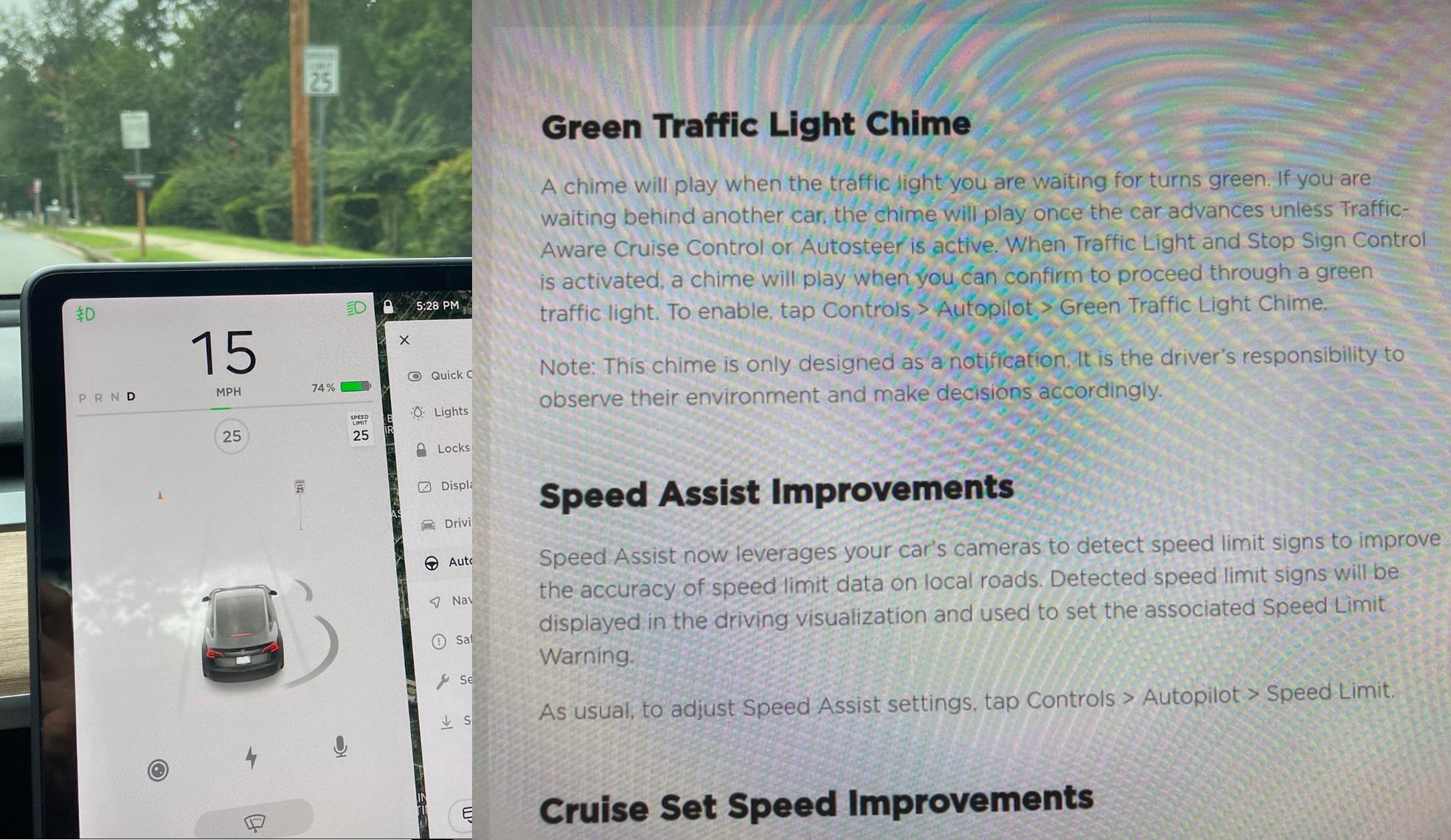
Tesla has started rolling out update 2020.36 this weekend, introducing a couple of notable new features for its vehicles. While there are only a few handful of vehicles that have reportedly received the update so far, 2020.36 makes it evident that the electric car maker has made some strides in its efforts to refine its driver-assist systems for inner-city driving.
Tesla is currently hard at work developing key features for its Full Self-Driving suite, which should allow vehicles to navigate through inner-city streets without driver input. Tesla’s FSD suite is still a work in progress, though the company has released the initial iterations of key features such Traffic Light and Stop Sign Control, which was introduced last April. Similar to the first release of Navigate on Autopilot, however, the capabilities of Traffic Light and Stop Sign Control were pretty basic during their initial rollout.
2020.36 Showing Speed Limit Signs in Visualization from r/teslamotors
With the release of update 2020.36, Tesla has rolled out some improvements that should allow its vehicles to handle traffic lights better. What’s more, the update also includes a particularly useful feature that enables better recognition of speed limit signs, which should make Autopilot’s speed adjustments better during use. Following are the Release Notes for these two new features.
Green Traffic Light Chime
“A chime will play when the traffic light you are waiting for turns green. If you are waiting behind another car, the chime will play once the car advances unless Traffic-Aware Cruise Control or Autosteer is active. When Traffic Light and Stop Sign Control is activated, a chime will play when you can confirm to proceed through a green traffic light. To enable, tap Controls > Autopilot > Green Traffic Light Chime.
“Note: This chime is only designed as a notification. It is the driver’s responsibility to observe their environment and make decisions accordingly.”
Speed Assist Improvements
“Speed Assist now leverages your car’s cameras to detect speed limit signs to improve the accuracy of speed limit data on local roads. Detected speed limit signs will be displayed in the driving visualization and used to set the associated Speed Limit Warning.
“As usual, to adjust Speed Assist settings, tap Controls > Autopilot > Speed Limit.”
Footage of the new green light chime in action via @NASA8500 on Twitter ✈️ from r/teslamotors
Amidst the rollout of 2020.36’s new features, speculations were abounding among Tesla community members that this update may include the first pieces of the company’s highly-anticipated Autopilot rewrite. Inasmuch as the idea is exciting, however, Tesla CEO Elon Musk has stated that this was not the case. While responding to a Tesla owner who asked if the Autopilot rewrite is in “shadow mode” in 2020.36, Musk responded “Not yet.”
Firmware
Tesla rolls out Sirius XM free three-month subscription
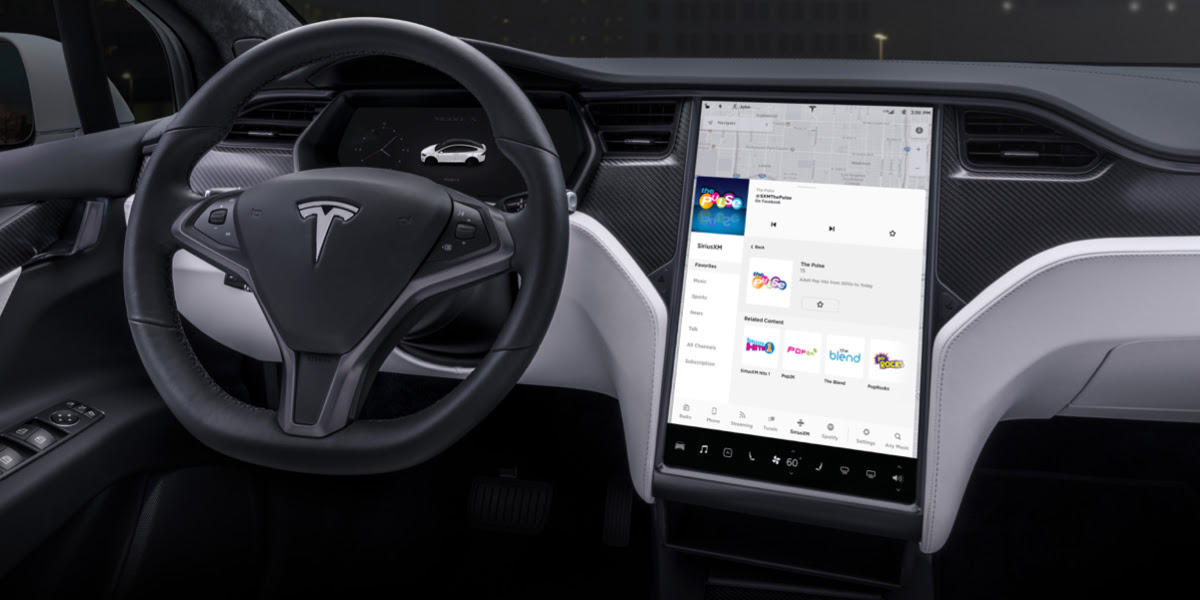
Tesla has rolled out a free three-month trial subscription to Sirius XM, in what appears to be the company’s latest push into making its vehicles’ entertainment systems more feature-rich. The new Sirius XM offer will likely be appreciated by owners of the company’s vehicles, especially considering that the service is among the most popular satellite radios in the country today.
Tesla announced its new offer in an email sent on Monday. An image that accompanied the communication also teased Tesla’s updated and optimized Sirius XM UI for its vehicles. Following is the email’s text.
“Beginning now, enjoy a free, All Access three-month trial subscription to Sirius XM, plus a completely new look and improved functionality. Our latest over-the-air software update includes significant improvements to overall Sirius XM navigation, organization, and search features, including access to more than 150 satellite channels.
“To access simply tap the Sirius XM app from the ‘Music’ section of your in-car center touchscreen—or enjoy your subscription online, on your phone, or at home on connected devices. If you can’t hear SiriusXM channels in your car, select the Sirius XM ‘Subscription’ tab for instruction on how to refresh your audio.”
Tesla has actually been working on Sirius XM improvements for some time now. Back in June, for example, Tesla rolled out its 2020.24.6.4 update, and it included some optimizations to its Model S and Model X’s Sirius XM interface. As noted by noted Tesla owner and hacker @greentheonly, the source code of this update revealed that the Sirius XM optimizations were also intended to be released to other areas such as Canada.
Interestingly enough, Sirius XM is a popular feature that has been exclusive to the Model S and X. Tesla’s most popular vehicle to date, the Model 3, is yet to receive the feature. One could only hope that Sirius XM integration to the Model 3 may eventually be included in the future. Such an update would most definitely be appreciated by the EV community, especially since some Model 3 owners have resorted to using their smartphones or third-party solutions to gain access to the satellite radio service.
The fact that Tesla seems to be pushing Sirius XM rather assertively to its customers seems to suggest that the company may be poised to roll out more entertainment-based apps in the coming months. Apps such as Sirius XM, Spotify, Netflix, and YouTube, may seem quite minor when compared to key functions like Autopilot, after all, but they do help round out the ownership experience of Tesla owners. In a way, Sirius XM does make sense for Tesla’s next-generation of vehicles, especially the Cybertruck and the Semi, both of which would likely be driven in areas that lack LTE connectivity.








